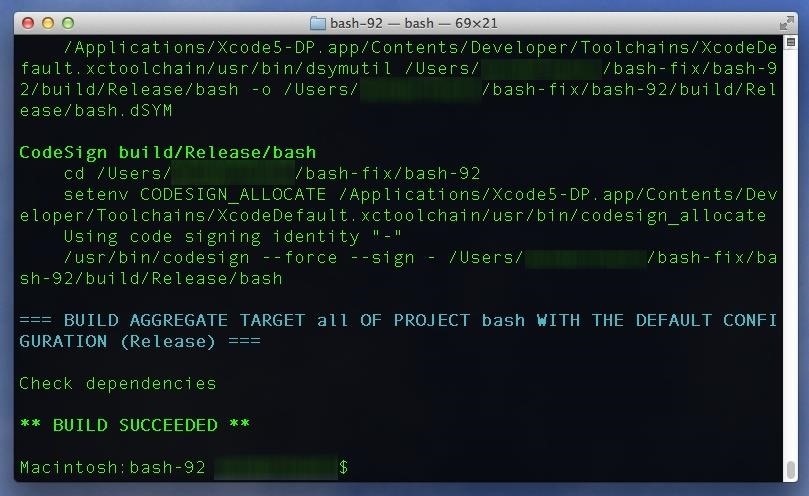
Wikipedia says umask controls how file permissions are set for newly created files. bash_history lines of command history (500 by default) User Mask for permissions In other words, file /etc/profile is the system wide version of ~/.bash_profile for all users.Įxport HISTSIZE=1000 # sets the size of. PROTIP: One can change those files, but since operating system version upgrades can replace them without notice, it’s better to create a file that is not supplied by the vendor, and within each user’s $HOME folder: ~/.bash_profile Thus, whatever is specified in /etc/profile is NOT invoked for “non-interactive” shells invoked when a user cannot manually interact with it, i.e. RedHat also executes /etc/profile.d if the shell invoked is an “Interactive Shell” (aka Login Shell) where a user can interact with the shell, i.e. NOTE: On Ubuntu, instead of /etc/bashrc, the file is /etc/bash.bashrc. The above defines the $PS1 variable which sets the Terminal’s prompt to the left of the cursor. # Make bash check its window size after a process completes bashrc file for interactive bash(1) shells. The /etc/bashrc file contains: # System-wide. profile for sh(1)Įcho $ resolves to /usr/local/bin/bash. When macOS logs in a user, it executes file /etc/profile.

I put in an echo in the various files that macOS executes upon user login, when a new terminal is opened, and when a bash shell is invoked: In /etc/profile.

Type “termin” so “Terminal.app” appears.Īlternately, if you prefer moving your mouse:.Press command+space keys (at the same time) to bring up Apple’s Spotlight universial search, then.

My preferrence is a way that doesn’t require reaching for a mouse and using the least number of keystrokes: There are different ways to open a Terminal command line. On the Mac, the Terminal app is kinda buried, probably perhaps because those who use a MacOS laptop just for social media probably won’t need a Terminal.īut if you’re a developer, it’s hard to get away from using a CLI. Information here is often used in interview questions. It’s also called a command-line terminal, abbreviated as CLI. What Apple calls the Terminal is what Linux people call the shell console
#How to end a terminal session in bash on mac how to
This tutorial describes how to make use of the macOS Terminal to make your life easier and less frustrating. IPv6 compatibility with Curl command line apps.Create Windows-like shortcuts with parameters using text editor.Foreground processes and background jobs.


 0 kommentar(er)
0 kommentar(er)
